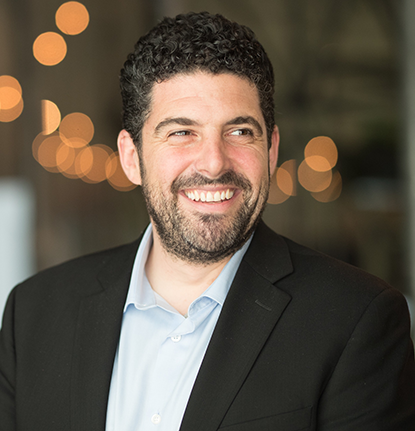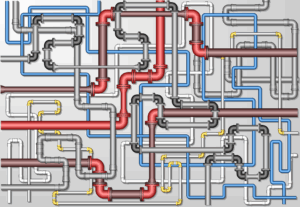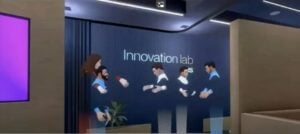So what would be one innovation secret that Sorice would let out of the box here at FEI? “One of the things I teach at Northwestern is the masters of engineering management program,” says Sorice. “One of the things I like to talk about is how innovation is applied. The books are wrong. You don’t really get it from a book. You have got to do it. To actually understand it, to get it wrong and then to figure it out. It’s not really a process. It’s really about how a company implements.”
Sorice adds, “The first thing that I do with students, we get right down to an unstructured brainstorm. I typically ask people, have you done it before? Not a lot of hands. Then we say, let’s coalesce those ideas into concept cards? How many have done that? Not many. How many people have tested? More. And then we start getting into the more traditional pieces of process. But really all the breakthroughs are where it’s not comfortable. That’s where I want to spend the time, and how does it translate to a problem solved, and then the concepts and testing and all the rigor. That’s where all the mechanics come in later.”
Getting out of that comfort zone is key to developing innovative solutions. Sorice continues, “We’re setting ourselves up with that uncomfortable work at the beginning, that’s really where the true insights for innovation will appear. It’s all about solving problems. Do you find a problem no one’s solved before. You have to go out and find it. Sometimes you have it yourself. But you don’t always have it yourself, and then figuring out how to walk those things forward. That’s the part of being a leader in product development, technology, product management. You have to go through the process of actually understanding where those problems are that really matter that you could solve.”
But what about the typical innovator’s dilemma? Here’s this new technology. It’s completely disruptive and the company is not set up for it. How do you make the choices of what to do with this and how to make it go at the organization?
Sorice feels it’s all about focusing on the consumer. He points out, “The upside down of that is typically you can do so much testing and innovation without even looking at a piece of technology. In fact, I pushed my organization, we work on doors, to not even think about how a door is made, what materials are going into the doors. Think about how people live in their houses. That what really matters, is it the pets and Airbnb and deliveries. And then you get into how do people come and go from a house? And then you get into a door. You have to focus on where you’re trying to end, which is making people feel better about how they live in their homes. And so think about it, not from a door of a house perspective, but a door of perception.”
It is that perception that is key to the process and the implementation. “That’s our big thing is we help people walk through walls, which is actually part of what we think about from a mission standpoint. Helping people achieve what they didn’t think was possible, shareholders, employees, communities, but the other part of that is really focusing on making lives better. That part of it is aspirational. Technologies are meaningless unless they actually solve real human problems,” says Sorice.
See the video from FEI for more on Seth Adler’s conversation with Cory Sorice, as they tackle investment and development strategies, the state of the economy, the speed of innovation and more.
Contributors
-

Seth Adler heads up All Things Insights & All Things Innovation. He has spent his career bringing people together around content. He has a dynamic background producing events, podcasts, video, and the written word.
View all posts -

Matthew Kramer is the Digital Editor for All Things Insights & All Things Innovation. He has over 20 years of experience working in publishing and media companies, on a variety of business-to-business publications, websites and trade shows.
View all posts




















































































































































































